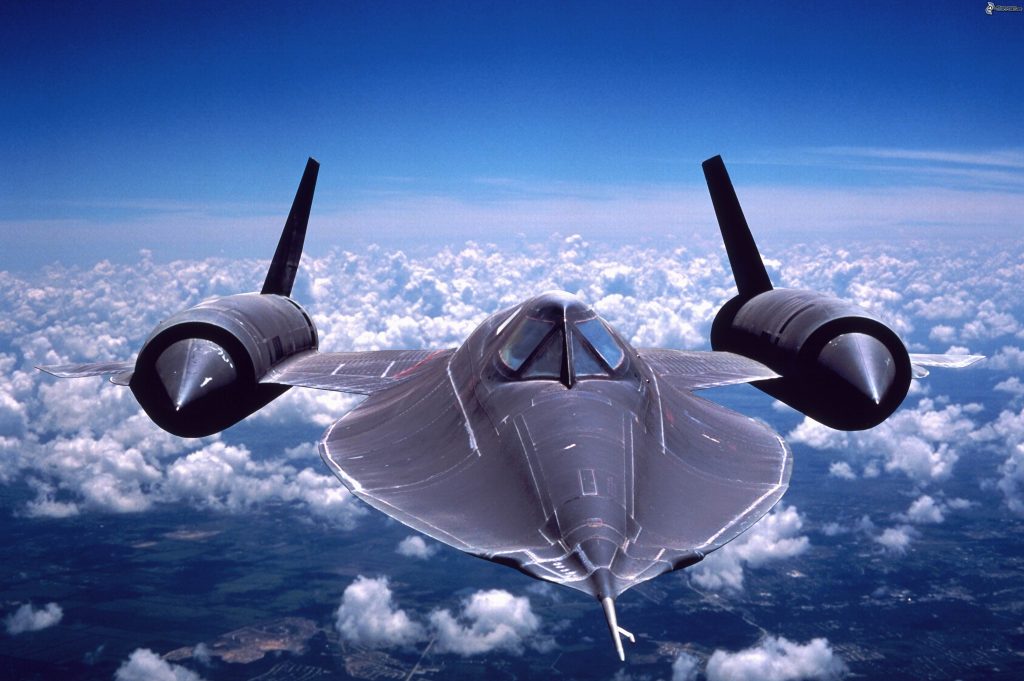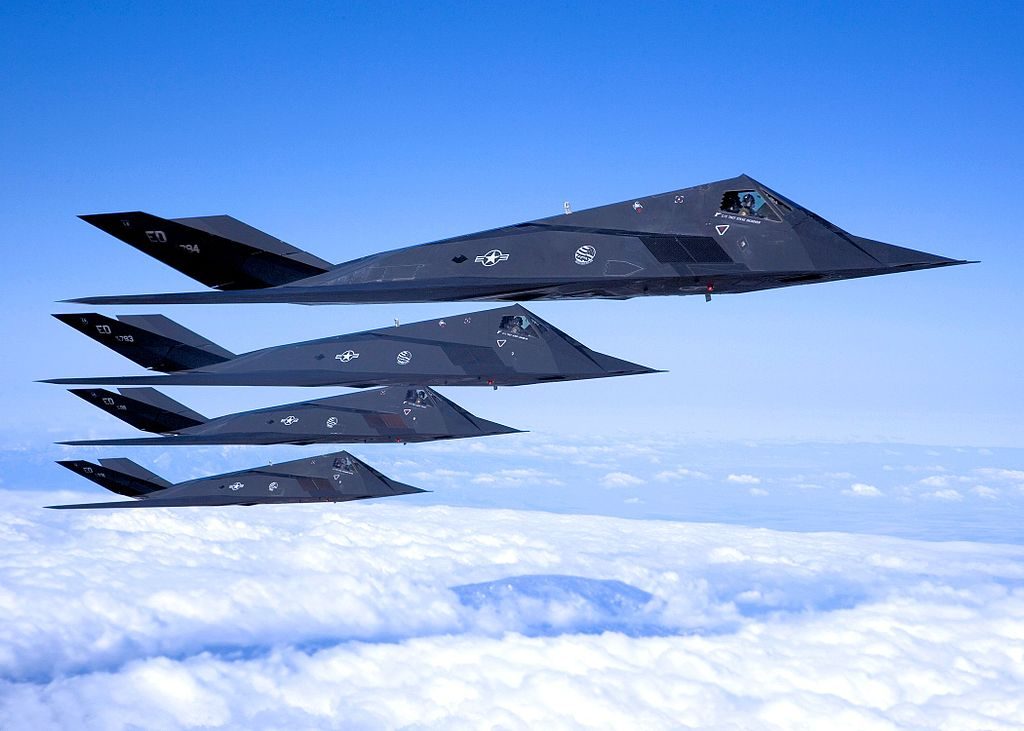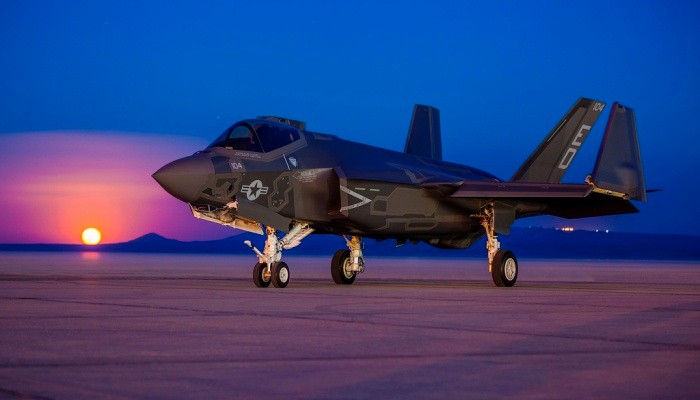
New Delhi: One of the most innovative and secretive defense contractors of America the Lockheed Martin Skunk Works is famous for producing some of the most well-recognized aircraft from their factory in Palmdale, California.
Conceived in 1943, the Skunk Works division—a name inspired by a mysterious locale from the comic strip Li’L Abner—was formed by American aeronautical and systems engineer Kelly Johnson to build America’s first jet fighter.
The Luftwaffe had become one of the most sophisticated, technologically advanced, and battle-experienced air forces in the world when World War II broke out in 1939. The U.S. needed a counter-punch, and Kelly Johnson got a call from the Pentagon. Johnson promised the Pentagon they’d have their first prototype in 150 days. His engineers turned one out in 143 days, creating the P-80 Shooting Star, a sleek, lightning-fast fighter that went on to win history’s first jet-versus-jet dogfight over Korea in 1950.
Since then, Lockheed’s Skunk Works and Boeing Co’s Phantom Works have been instrumental in the rapid development of weapons to ensure U.S. military superiority.
Here are top 5 military planes developed by Skunk Works division.
U-2
After World War II, the U.S. military wanted a better strategic aerial reconnaissance to help determine Soviet capabilities and intentions. Amid growing fears over a potential Soviet missile attack on the United States, Skunk Works created the U-2, the world’s first dedicated spy plane which cruised at 70,000 feet, snapping aerial photographs of Soviet installations. This vital reconnaissance, unobtainable by other means, averted a war in Europe and a nuclear crisis in Cuba.
U-2s have also taken part in post–Cold War conflicts in Afghanistan and Iraq and supported several multinational NATO operations. It is one of a handful of aircraft types to have served the USAF for over 50 years, like the Boeing B-52.
Status: In service
SR-71 Blackbird
The 1960 downing of Francis Gary Powers’s U-2 underscored its vulnerability and the need for faster reconnaissance aircraft was realized. The CIA approached the defense contractor Lockheed to build an undetectable spy plane as Soviet radar and surface-to-air missile technology had caught up with the U-2. Using sheets of titanium coated with heat-dissipating black paint, Skunk Works engineers created the SR-71 Blackbird. On July 3, 1963, the plane reached a sustained speed of Mach 3 at an astounding 78,000 feet and remains the world’s fastest and highest-flying manned aircraft.
In his book Skunk Works: A Personal Memoir of My Years at Lockheed, Ben Rich stated, “Our supplier, Titanium Metals Corporation, had only limited reserves of the precious alloy, so the CIA conducted a worldwide search and using third parties and dummy companies, managed to unobtrusively purchase the base metal from one of the world’s leading exporters – the Soviet Union.”
Status: Retired
F-117 Nighthawk
By 1973, Pentagon officials were calling for the creation of an attack aircraft that could fly undetected past enemy radar. Building on obscure research that showed radar beams could be diverted by angled triangular panels, the Skunk Works team designed the F-117 Nighthawk.
The F-117 was born after combat experience in the Vietnam War when increasingly sophisticated Soviet surface-to-air missiles (SAMs) downed heavy bombers. It was a black project, an ultra-secret program for much of its life and very few people in the Pentagon knew the program even existed until the F-117s were revealed to the public in 1988.
It was widely publicized for its role in the Persian Gulf War of 1991.
Status: Retired
F-22 Raptor
In 1981, the U.S. Air Force developed a requirement for an Advanced Tactical Fighter (ATF) as a new air superiority fighter to replace the F-15 Eagle and F-16 Fighting Falcon. The F-22 Raptor was the result of the USAF’s Advanced Tactical Fighter program and was designed primarily as an air superiority fighter.
The F-22 cannot be exported under American federal law to protect its stealth technology and other high-tech features. This fifth-generation, single-seat, twin-engine, all-weather stealth tactical fighter aircraft is one of the most lethal aircraft developed by the US government.
Status: In service
F-35 Lightning II
The development for F-35 started in 1992 with the origins of the Joint Strike Fighter program. The X-35 first flew on 24 October 2000 and the F-35 on 15 December 2006. The F-35 was developed to replace most US fighter jets with variants of one design common to all branches of the military. It was developed in cooperation with a number of foreign partners, and unlike the F-22 Raptor, intended to be available for export.
The F-35 has been designed to have a low radar cross-section that is primarily due to the shape of the aircraft and the use of stealthy, radar-absorbent materials in its construction, including fiber-mat.
The program is the most expensive military weapons system in history and has been much criticized inside and outside government, in the U.S. and in allied countries.
Status: In service
Keeping a secret is hard work but that has never been a problem for the Skunk Works division. Most of the 100 buildings and 3 million square feet of floor space at the Palmdale site are off-limits, and photography and audio recordings are strictly forbidden.
A total of six Collier trophies, the most prestigious award in the aeronautics industry, have been collected by the Skunk Works division since 1943.
As a Skunk Works’ program manager once stated, “The problem with Skunk Works’ programs is that they typically get credit for changing history long after they actually change history.”













